-
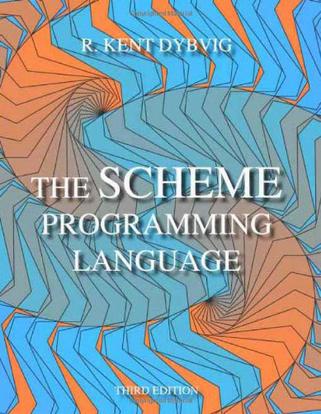
The Scheme Programming Language
This thoroughly updated edition of The Scheme Programming Language provides an introduction to Scheme and a definitive reference for standard Scheme, presented in a clear and concise manner. Written for professionals and students with some prior programming experience, it begins by leading the programmer gently through the basics of Scheme and continues with an introduction to some of the more advanced features of the language. Many exercises are presented to help reinforce the lessons learned, and answers to the exercises are given in a new appendix. Most of the remaining chapters are dedicated to the reference material, which describes in detail the standard features of Scheme included in the Revised Report on Scheme and the ANSI/IEEE standard for Scheme. Numerous examples are presented throughout the introductory and reference portions of the text, and a unique set of extended example programs and applications, with additional exercises, are presented in the final chapter. Reinforcing the book's utility as a reference text are appendixes that present the formal syntax of Scheme, a summary of standard forms and procedures, and a bibliography of Scheme resources. The Scheme Programming Language stands alone as an introduction to and essential reference for Scheme programmers. It is also useful as a supplementary text for any course that uses Scheme. The Scheme Programming Language is illustrated by artist Jean-Pierre Hebert, who writes Scheme programs to extend his ability to create sophisticated works of digital art. -
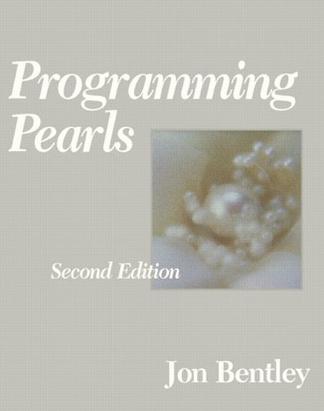
Programming Pearls
-
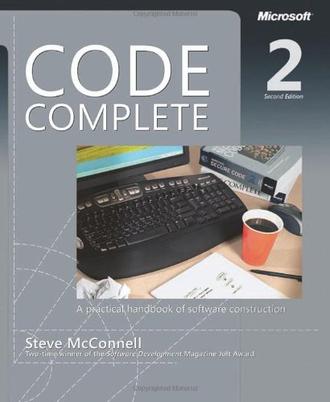
Code Complete
在线阅读本书 Widely considered one of the best practical guides to programming, Steve McConnells original CODE COMPLETE has been helping developers write better software for more than a decade. Now this classic book has been fully updated and revised with leading-edge practicesand hundreds of new code samplesillustrating the art and science of software construction. Capturing the body of knowledge available from research, academia, and everyday commercial practice, McConnell synthesizes the most effective techniques and must-know principles into clear, pragmatic guidance. No matter what your experience level, development environment, or project size, this book will inform and stimulate your thinkingand help you build the highest quality code. Discover the timeless techniques and strategies that help you: Design for minimum complexity and maximum creativity Reap the benefits of collaborative development Apply defensive programming techniques to reduce and flush out errors Exploit opportunities to refactoror evolvecode, and do it safely Use construction practices that are right-weight for your project Debug problems quickly and effectively Resolve critical construction issues early and correctly Build quality into the beginning, middle, and end of your project 点击链接进入中文版: 代码大全(第2版) -
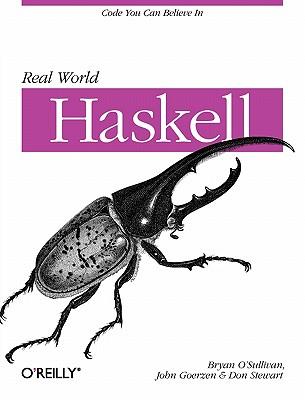
Real World Haskell
This easy-to-use, fast-moving tutorial introduces you to functional programming with Haskell. Learn how to use Haskell in a variety of practical ways, whether it's for short, script-like programs or large and demanding applications. Written for experienced programmers, Real World Haskell takes you through the basics of functional programming at a brisk pace, and helps you increase your understanding of Haskell in real-world issues like I/O, performance, dealing with data, concurrency, and more as you move through each chapter. With this book, you will: Understand the difference between procedural and functional programming Learn about Haskell's compiler, interpreter, values, simple functions, and types Find your way around Haskell's library -- and write your own Use monads to express I/O operations and changes in state Interact with databases, parse files and data, and handle errors Discover how to use Haskell for systems programming Learn concurrency and parallel programming with Haskell You'll find plenty of hands-on exercises, along with examples of real Haskell programs that you can modify, compile, and run. If you've never used a functional language before, and want to understand why Haskell is now coming into its own as a practical language in so many major organizations, Real World Haskell is the place to start. -
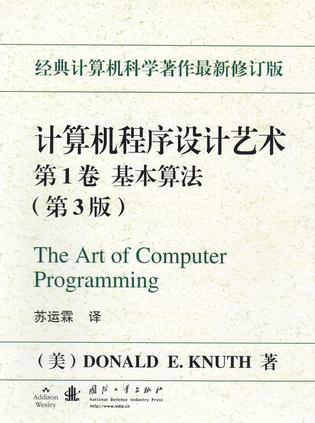
The Art of Computer Programming
-
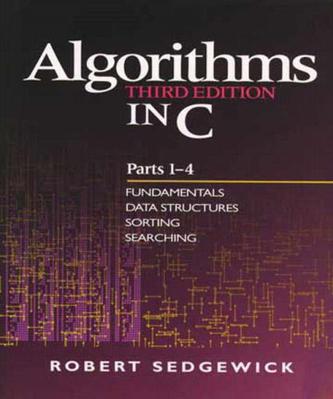
Algorithms in C, Parts 1-4
"This is an eminently readable book which an ordinary programmer, unskilled in mathematical analysis and wary of theoretical algorithms, ought to be able to pick up and get a lot out of.." - Steve Summit, author of C Programming FAQs Sedgewick has a real gift for explaining concepts in a way that makes them easy to understand. The use of real programs in page-size (or less) chunks that can be easily understood is a real plus. The figures, programs, and tables are a significant contribution to the learning experience of the reader; they make this book distinctive. - William A. Ward, University of South Alabama Robert Sedgewick has thoroughly rewritten and substantially expanded his popular work to provide current and comprehensive coverage of important algorithms and data structures. Many new algorithms are presented, and the explanations of each algorithm are much more detailed than in previous editions. A new text design and detailed, innovative figures, with accompanying commentary, greatly enhance the presentation. The third edition retains the successful blend of theory and practice that has made Sedgewick's work an invaluable resource for more than 250,000 programmers! This particular book, Parts 1-4, represents the essential first half of Sedgewick's complete work. It provides extensive coverage of fundamental data structures and algorithms for sorting, searching, and related applications. The algorithms and data structures are expressed in concise implementations in C, so that you can both appreciate their fundamental properties and test them on real applications. Of course, the substance of the book applies to programming in any language. Highlights * Expanded coverage of arrays, linked lists, strings, trees, and other basic data structures * Greater emphasis on abstract data types (ADTs) than in previous editions * Over 100 algorithms for sorting, selection, priority queue ADT implementations, and symbol table ADT (searching) implementations * New implementations of binomial queues, multiway radix sorting, Batcher's sorting networks, randomized BSTs, splay trees, skip lists, multiway tries, and much more * Increased quantitative information about the algorithms, including extensive empirical studies and basic analytic studies, giving you a basis for comparing them * Over 1000 new exercises to help you learn the properties of algorithms Whether you are a student learning the algorithms for the first time or a professional interested in having up-to-date reference material, you will find a wealth of useful information in this book.